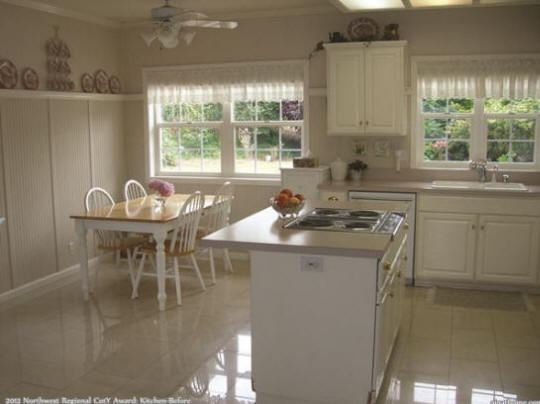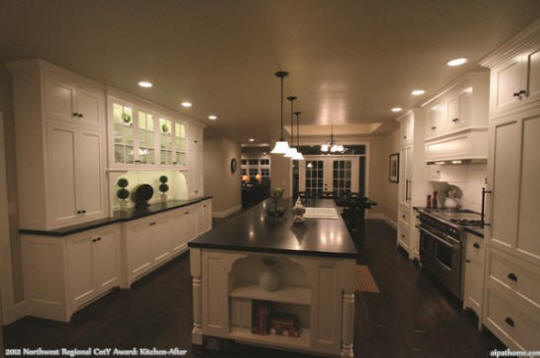
Luxurious should – and can – be a word used to describe a Universal Design home. That’s what Builder Russell Long, president of Aloha Home Builders based in Eugene, Ore., thinks who remodeled his home to fit the accessibility needs of his 16-year-old son who was born with cerebral palsy. He also adds a big misconception of universal design is that it looks institutional.
Long believes many of the design elements incorporated into his project, which won a 2012 Northwest Regional CotY Award in the Entire House $500,000 to $1,000,000 category with Universal Design Project Recognition, are convenient and luxurious, as well as functional and wheelchair accessible.
For example, the universal design features in his home include: Zero barriers, which mean there are no steps in the home, especially for entryways. All living quarters are on the first floor, with the exception of an upstairs area that was converted into an apartment with the purpose of housing a caregiver at some point. Wide hallways, open living spaces and dual entries in all rooms are common design elements used in wheelchair accessibility.

The Kitchen After
The hallways are more than 5 feet wide, and living spaces are expanded so wheelchairs can move around furniture easily. Also, having two entryways in all rooms-including the living room, dining room and kitchen-allows for ample traffic flow throughout the house.
Microwave and/or refrigeration drawers are also common in universal design, but Long says it is also a stylistic feature for those who prefer to showcase beautiful cabinetry and granite countertops rather than the eye-sore of a microwave taking up counter space.



